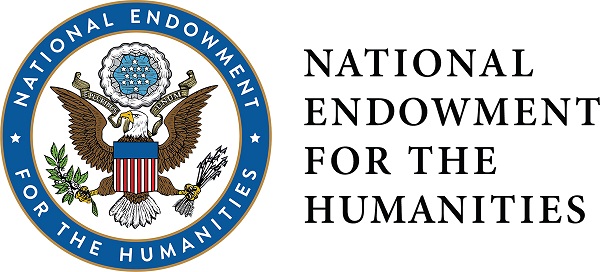
US Government Documents related to Indigenous Nations
Congress
82d Congress, 2d Session
Files
Download Full Text (1.5 MB)
Description
This excerpt from the US Government yearly budget, dated January 1, 1952, indicates a payment to the Three Affiliated Tribes of Fort Berthold Reservation in the amount of 7.5 million dollars. This payment is noted in the section “Bureau of Indian Affairs” under the subsection “Miscellaneous Expired Accounts, Bureau of Indian Affairs” and is labeled an “expenditure out of prior authorization.”
Publication Date
1-1-1952
Keywords
Mandan Hidatsa and Arikara Nation, the Three Affiliated Tribes of the Fort Berthold Reservation, Mandan, Nueta, Hidatsa, Arikara, Sahnish, budget, payment, compensation, taken lands
Organizations Referenced
Mandan Hidatsa and Arikara Nation, the Three Affiliated Tribes of the Fort Berthold Reservation, Mandan, Nueta, Hidatsa, Arikara, Sahnish, US Bureau of Indian Affairs
People Referenced
Harry S. Truman
Publisher
Government Printing Office
Disciplines
American Politics | Indigenous, Indian, and Aboriginal Law | Indigenous Studies | Law and Politics | Native American Studies | United States History
Recommended Citation
US Congress, House. The Budget of the United States Government for the Fiscal Year Ending June 30, 1953, 82nd Cong., 2d sess, H. Doc. 285, January 1, 1952. https://commons.und.edu/indigenous-gov-docs/38/

Included in
American Politics Commons, Indigenous, Indian, and Aboriginal Law Commons, Indigenous Studies Commons, Law and Politics Commons, Native American Studies Commons, United States History Commons

